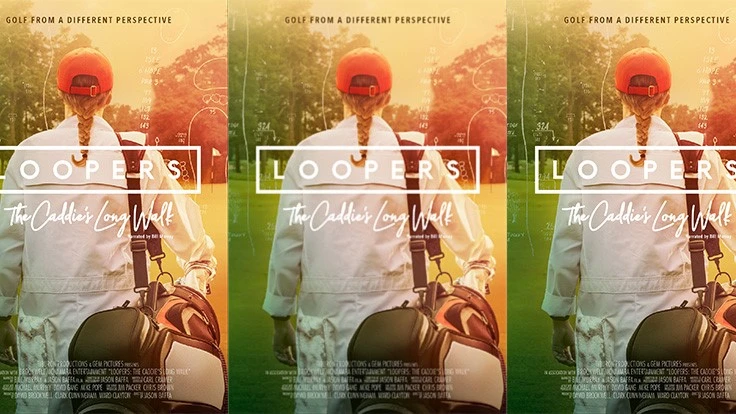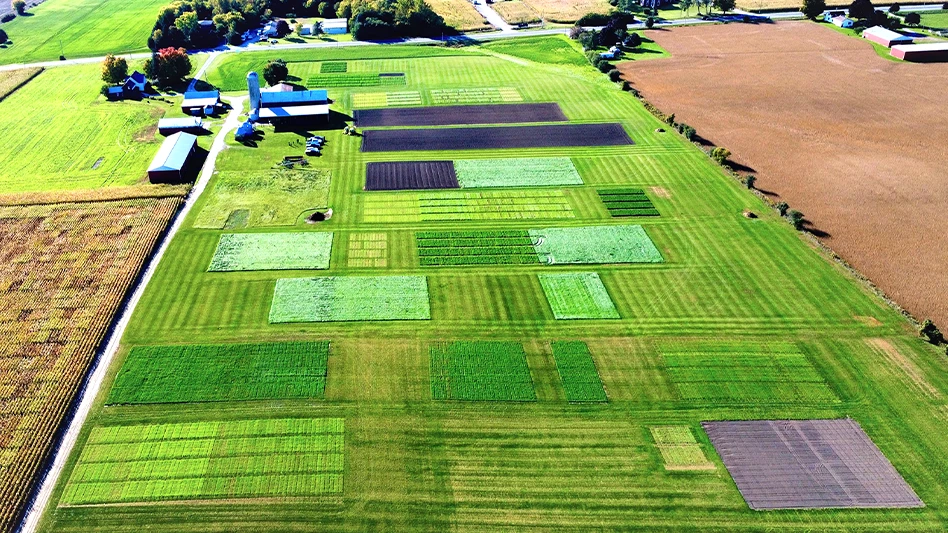
In the developmental phase of my life, I worked on a golf course. I had to be there early. OK, not as early as the people preparing the golf course. But many of my friends considered 7 a.m. too early to begin anything, especially work.
On some days, the job concluded before 11 a.m. On other days, it didn’t end until mid-afternoon. On more than a few occasions, you didn’t receive work.
I was a caddie who spent four teenage summers serving Chartiers Country Club members with pride. Chartiers is a venerable club in the shadows of downtown Pittsburgh. The club flourished during the “Steel City” era and has remained viable despite the suburban migration of members and businesses.
My grandfather Guy Cipriano Sr. was a longtime Chartiers members. The family joke was that he loved the club as much as he loved my grandmother. He often left his sales job in the afternoon to socialize at the club. People like “Cip” are anomalies these days.
I didn’t want members to know “Cip” was my grandfather. My name, which “Cip” played a major part in creating, blew the cover. Chartiers had dozens of caddies competing for work. I wanted to be known as a damn good caddie, not the grandson of an affable member.
Besides seeing a few mowers and workers on the course, I wasn’t exposed to golf course maintenance until later in life. We were taught to fill divots, rake bunker and repair ballmarks, but nobody explained how completing such tasks helped the people who arrived at the course before anybody else.
I couldn’t imagine holding a better first job. My favorite article of clothing as a teenager was a white golf shirt sporting a CCC logo. We were expected to wear the shirt while working. They even let us play the Willie Park Jr.-designed golf course on Mondays.
The shirt, the hilly course, the members, the other caddies, the cash (you could make $40 for a double loop in the late 1990s) and the life lessons the job provided resurfaced in my mind when watching the new documentary “Loopers: The Caddie’s Long Walk.” Narrated by former caddie-turned-actor Bill Murray, the movie examines the history, personalities and intricacies surrounding one of golf’s oldest jobs.
The 80-minute documentary has appeared at multiple film festivals and opened Friday in theaters in 25 states. Screenings are available for clubs and the documentary can be pre-ordered on iTunes.
I spent the aftermath of a recent viewing pondering the relationship between turf teams and caddies. For starters, the documentary presents crew bonding opportunities beyond industry staples such as ballgames and barbecues. Watching the documentary as a team will help your crew better understand the caddie spirit. Stories and relationships from inside tournament ropes are a prominent part of the documentary, but the most entertaining moments are interviews with charismatic caddies at Ballybunion and St. Andrews. Numerous inspirational individuals are introduced, including Mike Kiely, the longtime caddie master at Canterbury Golf Club in Beachwood, Ohio. Kiely estimates he’s been involved with 4,000 caddies in his career, many of them teenagers seeking direction.
Like a well-operated turf team, a strong caddie program enhances the golfer experience. Mike Keiser, the founder of Bandon Dunes, says in the documentary that a caddie “should be the happiest person at the resort.” That lesson should apply to turf team members who interact with members or guests. Employee attitude can boost or deflate customer perception. Who wants to spend discretionary income at a place where dourness permeates?
Superintendents fortunate enough to work at facilities with an active caddie program can benefit from forming an alliance with the caddie master or pro responsible for the loopers. Quality caddies are well-educated about everything at a club, including the reasoning behind current turf conditions. Superintendent involvement in the course care portion of the caddie training program can also ease the physical burden on a turf team. Resources needed to repair hundreds of divots and ballmarks can be diverted to other turf tasks if a club employs dozens of well-trained caddies. It’s not uncommon for clubs hosting televised events to supplement regular turf labor with a few caddies during advance and tournament week.
A limited potential audience will prevent “Loopers” from becoming a summer blockbuster despite Murray’s vocal presence. The documentary will entertain golf enthusiasts, offer clubs content for social events and evoke pleasant memories for thousands of former caddies. Everybody who works in the golf industry can benefit from watching it.
Guy Cipriano is Golf Course Industry’s editor.
Latest from Golf Course Industry
- GCSAA announces Grassroots Ambassador Leadership Award recipients
- Reel Turf Techs: David Gummo
- PBI-Gordon promotes two to executive level
- VIDEO: A First Green morning
- Bloom Golf Partners adds HR expert
- Seeking sustainability in Vietnam
- Kerns featured in Envu root diseases webinar
- Toro continues support of National Mayor’s Challenge for Water Conservation





